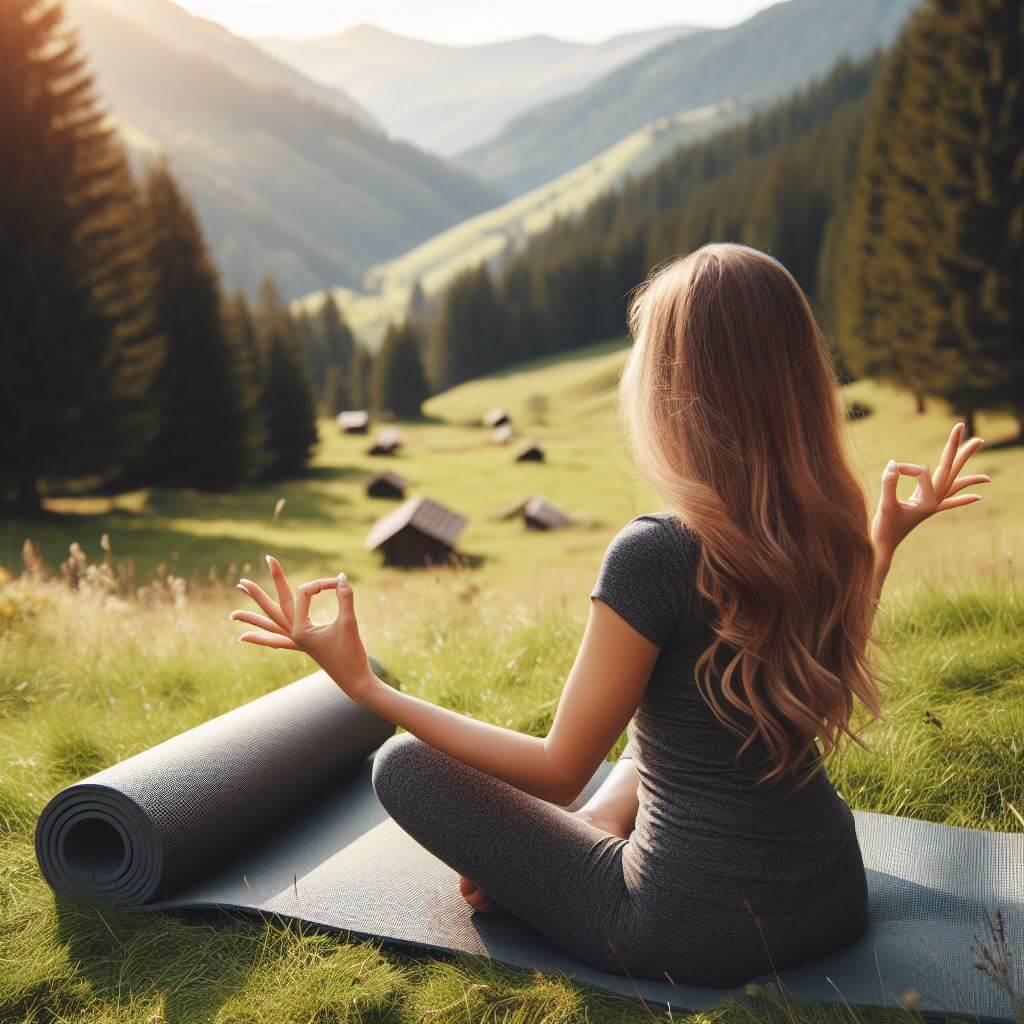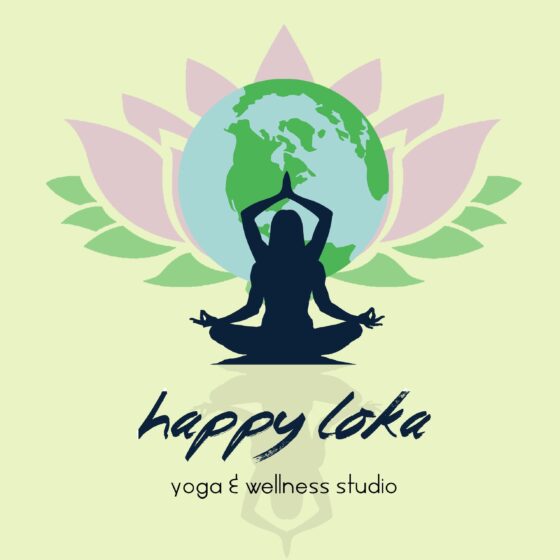The ancient art of mudras forms a rich and important aspect of Eastern spiritual traditions, particularly within the realms of Hinduism and Buddhism. The genesis of these hand gestures can be traced back thousands of years, where they have been intricately woven into the fabric of meditation, yoga, and healing rituals.
In Hinduism, mudras are prominently featured in classical dance, as well as in religious and ceremonial activities. The Rigveda, one of the oldest written texts within the Indo-Aryan civilization, hints at the use of ceremonial hand gestures which may be early forms of mudras. Sacred Hindu texts like the Upanishads and the Bhagavad Gita also mention the importance of mudras in spiritual practice, emphasizing their utility in achieving a union of mind, body, and spirit.
Mudras were not reserved for the esoteric alone—they decorated the common lives of people through art and sculpture. Iconic statues and paintings, scattered across the Indian subcontinent, act as silent historians, preserving the use of these gestures through centuries. Many depictions of Hindu gods and goddesses show them in various mudras. For example, the Abhaya Mudra, a gesture of fearlessness and protection, is frequently seen in depictions of deities offering blessings and assurance to their devotees.
In Buddhist practice, mudras are central to the iconography and meditation of the Mahayana and Vajrayana sects. They serve as a spiritual language that is expressed without words, conveying the teachings of the Buddha through symbolic hand gestures. The Dharmachakra Mudra, which signifies the turning of the Wheel of Dharma, is a quintessential Buddhist mudra found in many depictions of Shakyamuni Buddha. It represents the momentous occasion when Siddhartha Gautama first shared his insights that would become the core of Buddhism.
 Buddhist statues, relics, and paintings across Asia—from the mountain monasteries of Tibet to the ancient pagodas of Japan—showcase a variety of mudras that unwittingly bind a vast and diverse geography into a common spiritual heritage. In these cultures, mudras are imbued with the power to not only guide individual meditation but also act as an embodied prayer for those who encounter these sacred gestures.
Buddhist statues, relics, and paintings across Asia—from the mountain monasteries of Tibet to the ancient pagodas of Japan—showcase a variety of mudras that unwittingly bind a vast and diverse geography into a common spiritual heritage. In these cultures, mudras are imbued with the power to not only guide individual meditation but also act as an embodied prayer for those who encounter these sacred gestures.
The migration of mudras crossed the geographic boundaries of India and infiltrated the spiritual and healing customs of other traditions. Within the Taoist practices of China, for instance, hand gestures are similarly used to manipulate the flow of Qi. The ancient Chinese martial art Tai Chi, along with Qigong, incorporates intricately choreographed hand positions believed to enhance and guide the internal life force essential to health and vitality.
The Science Behind Hand Gestures and Healing
The enchantment surrounding the healing power of mudras is not simply the product of spiritual or historical narrative—it finds its roots deep within the scientific explorations of the human body and mind. As we continue to advance in our understanding of neurophysiology and the subtle workings of our bioenergetic systems, the bridge between ancient wisdom and modern science becomes ever more tangible.
Our hands, integral tools of expression and action, are also complex networks brimming with sensory and motor neurons. They are intimately connected with our brain, forming a feedback loop of sensation and control. Each finger has its representation in the motor cortex and sensory cortex of the brain, which means that specific finger movements and positions can consciously and unconsciously trigger various neural pathways.
When engaging in mudras, we often combine tactile stimulation—where our fingertips touch—with the intentional focus that accompanies meditative practices. This dual activation potentially stimulates the brain in a way that could enhance neural plasticity, the brain’s capability to rewire itself. This implies that over time, mudras may contribute to ingraining positive patterns of brain activity.
There is also emerging evidence that hand gestures, including mudras, can have a direct influence on the nervous system. Certain mudras are said to activate the parasympathetic nervous system—the part of our autonomic nervous system responsible for rest and digestion—which helps to bring about a state of calm and relaxation. This could explain why some people who practice mudras report a sense of tranquility and reduced stress levels. Mudras might be seen as a key turning in the lock of our internal states, shifting us from the fight-or-flight response of the sympathetic nervous system to the restorative functions driven by the parasympathetic nervous system.
The subtle modulation of our energy, or what Eastern traditions refer to as prana or qi, might also find backing through the study of bioelectromagnetic fields. It is recognized that the human body generates its electromagnetic field, and nerve impulses within our bodies are fundamentally electrical signals. Therefore, the alignment and gesture of our hands could be hypothesized to influence this electromagnetic field. While Western medicine traditionally doesn’t recognize life force energies in its treatment paradigms, the correlation between improvements in health and the balancing of these energies—potentially influenced by mudras—is an area inviting further exploration.
There is a recognized relationship between the physical state of the body and emotional well-being. The simple act of a hand gesture can hold psychological significance and influence mood. Consider the classic “thumbs up” sign—a universal signal of approval and positivity—or the natural action of clasping our hands during periods of worry or reflection. Mudras leverage this innate psychosomatic connection, consciously employing hand gestures to foster a desired emotional or mental state, which in turn can be linked to physiological responses.
In terms of empirical evidence, while large-scale clinical trials focusing on mudras are scant, there are a growing number of smaller studies and anecdotal reports that suggest benefits such as improved concentration, reduced anxiety, and even decreased physical pain. These exploratory forays into validating the impact of mudras offer a promising starting point for integrating these ancient practices with contemporary therapeutic approaches.
Integrating Mudras into Everyday Life for Wellness and Tranquility
Introducing mudras into your daily routine is a simple practice that requires no special equipment or space. They can be performed sitting, standing, or even walking. Each gesture has a specific purpose, whether it’s to release stress (Anjali Mudra), increase energy (Prana Mudra), or promote physical healing (Apana Mudra). Simple yet potent, just a few minutes a day devoted to these gestures can act as a powerful adjunct to meditation, relaxation techniques, and even some forms of physical exercise like yoga.
To start, select a mudra that aligns with your current needs or goals. For instance, if seeking to enhance focus, the Gyan Mudra might be the perfect place to begin. Experiment by incorporating it into your meditation, holding the gesture for several minutes while breathing deeply. Over time, you may begin to observe subtle shifts in your mental state, indicating the mudra’s influence. The beauty of the practice lies in its subtlety and ease of integration; mudras can be done while taking a morning walk, sitting at your desk, or waiting in line at the store, turning mundane moments into opportunities for mindfulness and healing.
